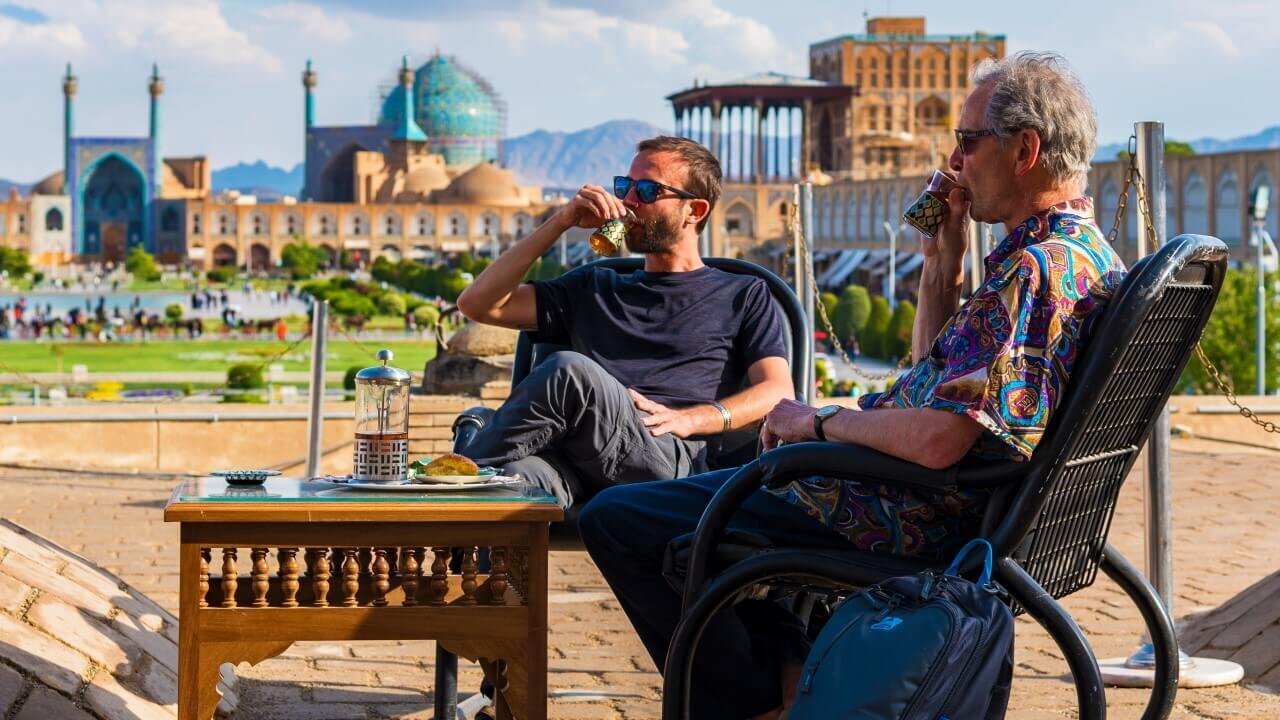Iran sees tourism surge amid 26% growth in Western Asia’s intl. arrivals
TEHRAN – Western Asian countries including Iran have experienced a remarkable 26% increase in international tourist arrivals during the first seven months of 2024 compared to the same period in 2019. This surge has positioned the region as the fastest-growing in the world for tourism, signaling a robust recovery (from COVID-19 travel restrictions) and increasing

TEHRAN – Western Asian countries including Iran have experienced a remarkable 26% increase in international tourist arrivals during the first seven months of 2024 compared to the same period in 2019.
This surge has positioned the region as the fastest-growing in the world for tourism, signaling a robust recovery (from COVID-19 travel restrictions) and increasing confidence among global travelers.
The resurgence of tourism across the region comes despite lingering economic uncertainties and geopolitical challenges. According to the latest data from the UN Tourism, approximately 790 million tourists traveled internationally between January and July 2024. This represents an 11% increase compared to last year and brings global tourism to 96% of its pre-pandemic levels, the Travel and Tour World reported.
Amid this regional revival, Iran is capitalizing on its vast cultural and historical assets to draw more international visitors. Despite some geopolitical challenges, the Islamic Republic continues to attract tourists eager to explore its ancient sites, such as Persepolis, and its vibrant cultural heritage in cities like Isfahan, Yazd, and Shiraz.
The Iranian government has initiated efforts to improve tourist facilities and promote lesser-known destinations, such as eco-tourism in its diverse landscapes and traditional villages. These measures are helping to shift global perceptions of Iran as a travel destination and bring the country more prominently onto the global tourism map.
Regional tourism growth
Saudi Arabia, the United Arab Emirates, and Qatar have also seen significant boosts in tourist numbers. Saudi Arabia’s Vision 2030 initiative, which aims to diversify the country’s economy, has prioritized tourism development, while the UAE continues to be a hotspot, particularly in Dubai and Abu Dhabi. Meanwhile, Qatar has built on the momentum from hosting the FIFA World Cup 2022 by enhancing its cultural and sports tourism offerings.
Other Persian Gulf littoral states, including Oman, Kuwait, and Bahrain, are attracting tourists through investments in infrastructure, cultural festivals, and historical preservation. Oman, for instance, has seen growth in eco-tourism, while Bahrain’s promotion of events like the Formula 1 Bahrain Grand Prix has enhanced its tourism profile.
Key factors driving growth
Several factors are driving this resurgence in Middle Eastern tourism. Enhanced air connectivity through expanded flight routes, significant investments in tourism infrastructure, and digital initiatives such as streamlined visa processing have made the region more accessible and appealing. Additionally, a rich calendar of cultural festivals and international events continues to attract visitors from around the world.
As the region continues to redefine the global tourism landscape, Iran’s role in welcoming travelers to explore its rich heritage will remain essential.
AM
برچسب ها :
ناموجود- نظرات ارسال شده توسط شما، پس از تایید توسط مدیران سایت منتشر خواهد شد.
- نظراتی که حاوی تهمت یا افترا باشد منتشر نخواهد شد.
- نظراتی که به غیر از زبان فارسی یا غیر مرتبط با خبر باشد منتشر نخواهد شد.






ارسال نظر شما
مجموع نظرات : 0 در انتظار بررسی : 0 انتشار یافته : 0